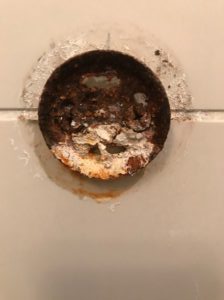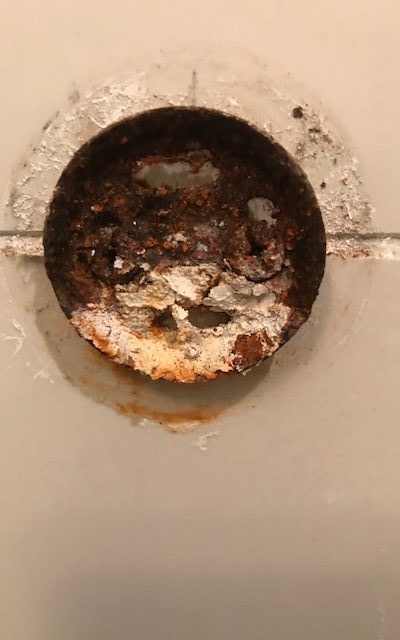If you are attending your local hardware store there is what would seem to be endless choices for the right screw for any project, and there’s a good reason. Screws can be subjected to varying weather conditions and this will have an impact on the type of screw you should be selecting.
What screw for which purpose?
When we are dealing with a simple task of hanging a picture frame majority of people just use whatever is available and even perhaps just a basic small cheap nail which is fine. But when we are considering a screw which is going to be responsible for holding a load and may not be physically accessed again once installed there are a few points worth considering:
- What weight will be placed upon the fixing (load bearing or not?)
- Is the screw directly exposed to the environment or concealed?
- What type of conditions will the screws be exposed to?
- Will the screws be coated or left raw?
Once we have established a few of these points its onto considering the types of materials screws are made from and what will suit your project.
 What materials are screws made from?
What materials are screws made from?
Majority of the screws on the market today are made from some form of metal, it is the type of metal that a screw is manufactured from which will influence the application it should be used for. There is also the thickness of the screw which will determine the strength of the screw typically referred to as the gage of the screw. So, let’s explore a few of the common materials and uses for screws:
- Stainless Steel: Screws made from this material are going to the most expensive fixing you will purchase, and, in some cases, you may need to take a breath before shopping for these screws. Areas where exposure to high levels of corrosion is where these fixings should be installed. For example, buildings near coastal areas and projects where moisture levels are high will benefit from the corrosion resistant characteristics of this metal.
- Galvanized Coated: A coating applied to fixings (hot dipped galv) to assist in the prolonged life of the screw. This fixing is a dull grey in its appearance and are typically used in situations where the screw will no longer be accessed again once installed. For example, the installation of equipment inside of a wall or ceiling the void, you want the fixing to remain strong its entire life but cannot get to get again without ease.
- Zinc Plated: Probably the most common form of screw used in the building and renovation market today. These screws a gold/yellow colour in appearance, they are not so much of a heavy-duty screw but more a light weight fixing. For example, dry wall installers use these to assist in the installation of dry wall to either a steel or timber frame until the adhesive has gone off. You will also occasionally come across the screws being used in situations where they are not suitable. The image on this page shows where a home handy man has used zinc plated screws to secure a soap dish to the wall and due to this high exposure to moisture the fixings have rapidly deteriorated.
- Aluminium: Light weight yet extremely strong with high corrosion resistance and good performance in extreme temperatures. As equally expensive as stainless steel and only used where they are specifically required. For example, air crafts and motor vehicle which require a fixing that has a minimal impact on weight and can relied upon for its strength.
- Brass: A softer metal with a bright yellow colour. These screws are found quite a bit in the plumbing industry where the screw will be installed in a location where it will directly be touching copper and occasionally exposed to moisture, this material is both compatible with copper (won’t react in a negative way with it) and will also provide a good level of corrosion resistance. Certainly, one of the least used screws today in the building industry.
Slotted, Posi or Star?
Once you’ve decided the type of screw you will also need to establish how it will be installed. The three most common styles of heads you will find on a screw today are a flat (slotted) screw, posi drive which has a square inserted in the middle of the head and star shape also known as Phillips which has five points and looks like a star. Posi drive screws are used mostly where the screw is not to tampered with as you need a special shaped driver to insert and remove again. Today the most common head is the Phillips head and over 80% of the screws you will find in a hardware store or installed will have this style of head.

